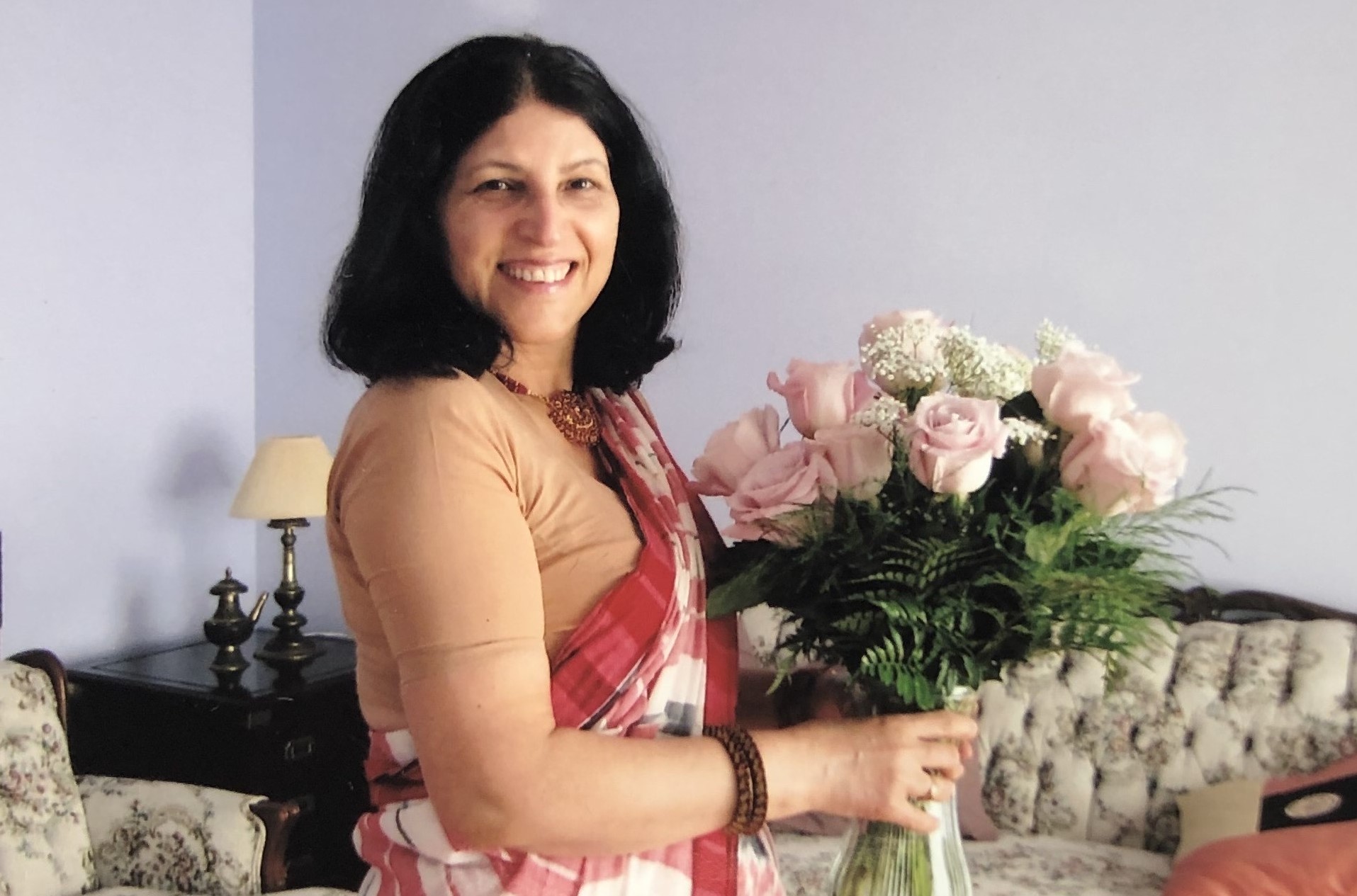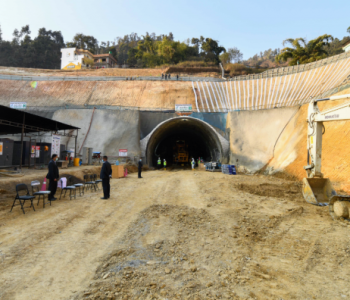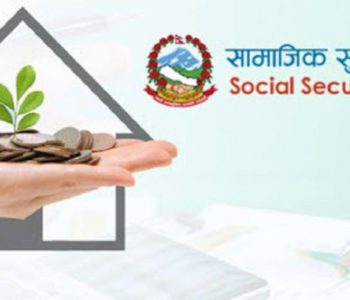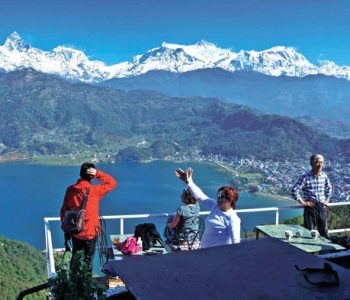Through her book, Bina Sharma introduces Nepal’s rich cultural heritage to the outside world

OTTAWA: Did you know that Jitiya is an important festival for Tharus in Nepal, that it is celebrated for three consecutive days in the month of Ashwin (September-October) and that they cook dhikris (rice dumplings) as part of the festival?
Did you know that Nepalese feed crow on the first day of Yama Panchak – also known as ‘Kag Tihar?’ Crows are believed to be messengers of death in Hindu culture. So, by feeding the crows Nepalese believe that they are preventing crows from bringing bad news.
The book is priced at US$29.99 and available at https://www.amazon.ca/Cultural-Heritage-Nepalese-Bina-Sharma/dp/B0C1J7NXRG . The book is marketed in many countries through the Amazon’s distribution system. “I personally would like to bring the price down a bit, but Amazon says we can’t do that because of the colour images in the book,” said the author.
Divided in two parts, Part I of the book entitled “Nepal and Nepali Culture” covers topics including introduction, national symbols of Nepal, religious history, major pilgrimage places, arts and architecture, music and musical instruments, cultural heritage, educational history and political structure of Nepal.
In part II entitled “The Nepalese Way of Life,” the author describes food habits, staple foods, popular cuisine, popular drinks, exotic fruits and vegetables, peculiar traditions, rites of passage, selective herbs and preservatives and her observations regarding keeping well the Nepali way.
Divided topographically into mountains, hills and plains, Nepal is home to nearly 30 million people. The country is known for its exotic wildlife and biodiversity, spectacular waterfalls, breathtaking mountains, flora, fauna and medicinal herbs. Known for its ethnic and linguistic diversity, Nepal is known for peaceful existence of people practicing various religions including Hinduism, Buddhism, Islam and Christianity.
Born in Lumbini, Nepal, Prince Siddhartha Gautam left his palace at the age of 29 and attained enlightenment at Bodh Gaya in the modern day, Bihar, India. Gautama was 35 years old when he finally got his insights- four noble truths.
Similarly, the author describes briefly various sects of Hinduism including Vaishnavism, Shaivism, Shaktism and Smartism. She also describes recent faith movements including Brahma Kumaris and Atma Gyan.
Besides describing major pilgrimage sites in Nepal, the author describes of Nepal’s rich artistic heritage. “Nepal is a land of arts and architecture…. The temples, stupas and monuments speak for themselves. The pagoda-style roofs and the intricately crafted windows and doors speak of the complexity that mark Nepal’s traditional arts and crafts,” writes Mrs Sharma.
According to 2011 census, there are 123 different languages spoken as mother tongues in Nepal. “Regardless of one’s ethnicity or where he/she lives, fasting and offering foods to deities before consumption, is a normal part of Nepalese life. However, the duration of fasting, method of food preparation, and offerings differ vastly based on caste, location and religion,” the author writes.
The author describes at length rites of passage Nepalese observe from birth till death according to their religion and tradition. Depending on the ethnic group in which the death occurs, the mourning of the dead can last from 3 to 13 days. On the last day of mourning, an elaborate feast is prepared to offer to the departed soul first, and then shared among the family and friends. While most Brahmin and Chhetri families prepare meal without meat, fish or eggs, Newars and some groups within the Kirat people prepare a special meal on the 4th day (for the Thangmis) and 7th day (for the Newars) with eggs, meat and/or fish to offer the departed soul. Homemade alcohol is usually part of this meal.

In the chapter ‘Selective herbs and preservatives in Nepal,’ the author describes from ‘sukako saag’ (dried leaves) to gundruk and masyaura, which Nepalese enjoy wherever they live. She has also shared her own recipe to prepare different meals describing ingredients needed along with procedures and tips.
In the chapter ‘Peculiar tradition of the Nepalese,’ the author describes about Nepal’s popular festivals including Lhosar and Kirata New Year, Maghi and Maghe Sakranti, Krishnashtami and various jatras. ‘Most of the Nepali festivals (or chad-bads) don’t fall on the same date every year. Unlike the Gregorian calendar, in which the events in a year are fixed, the dates in the calendar based on solar system change every year. Thus, the number of days in one month can range from 28 days to 32 days,” she writes.
In the chapter ‘Keeping well the Nepalese Way,’ the author describes about traditional way Nepalese employ to keep themselves healthy – for example honey-lemon tea, turmeric powder and water, mung ko jaulo (mushy rice and mung beans cooked together for easy feed and easy to digest) and titaura ko jhol ra bhat (mildy spcied mung nugget soup with boiled plain rice.)
Mrs Sharma, who lives in Ottawa, Canada, along with her husband, Prof Basu Sharma, published the book in 2016 while the second edition was published in 2023. Both were published through amazon.com
“I started writing this book for our own children. Actually my guilt of not being able to take our children to Nepal and have them mingled with their relatives from both sides of our families motivated me to write this book. For instance, our elder daughter was less than two years old when I left Nepal with her to join my husband in the US. Our younger daughter was born in the US and our son in Canada,” says the author.
It was not an easy journey though for Mrs Sharma to write a book on Nepal’s cultural heritage while leaving abroad. “Most of the information in this book is based on my own experiences (I was 25 years old when I left Nepal), verified by my friends and family members in Nepal and abroad. I also made extensive use of the information provided by the Internet,” she says.
Most of the images published in the book are either the royalty free photos from various sites (e.g., Wikimedia.org) or from the author’s own relatives. She also obtained permission to publish few pics in her book.
The book is priced at US$29.99 and available at Amazon.com/ca. The book is marketed in many countries through the Amazon’s distribution system. “I personally would like to bring the price down a bit, but Amazon says we can’t do that because of the colour images in the book,” said the author.
Mrs Sharma is an accomplished writer. Her first book, a cookbook entitled ‘A Culinary Journey to Nepal’ was published in 2012. Her two more books are in the pipeline. Her book “Our Forgotten Cultures” is scheduled to be published on 10th October, 2024 by the New York based Austin Macauley Publishers, LLC. Her another book, “My Journey to God” is being published later this year by Archway Publishing, a branch of Simon & Schuster.
While the book needs further updates especially in its ‘political structure of Nepal’ section, it is a treasure trove of information for all those who want to know about Nepal, Nepalese people, their culture and heritage. As Nepali diaspora keeps expanding around the world, the book will be especially useful for second and third generation of Nepalese now growing up abroad.













Great profile of the book and its author.